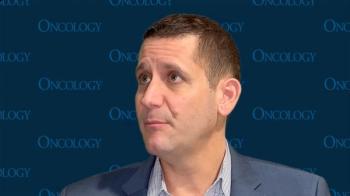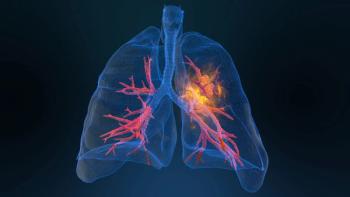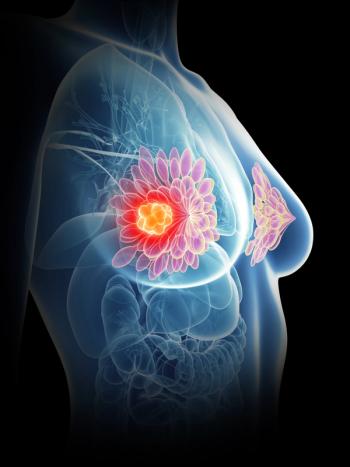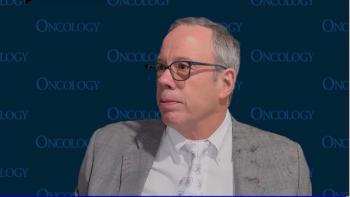
Yelena Y. Janjigian, MD, Considers Immunotherapy Treatment Options for Gastric Cancer
Yelena Y. Janjigian, MD, spoke about using immunotherapy across settings to treat localized gastric cancer.
At the
Transcript:
In the neoadjuvant setting, the field is moving toward [understanding for] which patients we can escalate or deescalate therapy. Most of the interesting studies are focused on patient selection, particularly [with] use of circulating tumor DNA in the adjuvant setting to predict which patients, beyond the tumor stage or the nodal stage, are at a higher risk for recurrence. Those patients can potentially escalate therapy. For neoadjuvant therapy, newer studies are focused on the MSI [microsatellite instability]–high population to understand if perhaps dual immune checkpoint blockade—such as nivolumab [Opdivo] plus ipilimumab [Yervoy], so dual anti–CTLA-4 and anti–PD-1 therapy—may improve [overall] responses and complete responses. Perhaps we can do some organ preservation and not even have surgery in subsets.
Right now, the truth is other novel immunotherapy agents are mostly relegated to the stage IV setting. There’s not enough data to suggest that these newer agents such as TIGIT [T-cell immunoreceptor with Ig and ITIM domains]–directed antibodies, work well enough in the stage IV setting to move it to earlier stages. That’s typically how we do drug development. One of the regimens that possibly is in primetime and ready to develop is for HER2-positive disease, so targeting tumor-specific characteristics such as HER2 and using that to augment the directed therapy using antibodies against PD-1, such as the trastuzumab and pembrolizumab combination. In earlier stage disease, perhaps particularly since the response rate in stage IV disease is so high, we saw 11% complete response rate and 74% partial response in KEYNOTE-811, which is unheard of in this disease.
Reference
Janjigian YY, Kawazoe A, Yañez P, et al. The KEYNOTE-811 trial of dual PD-1 and HER2 blockade in HER2-positive gastric cancer. Nature. 2021;600(7890):727-730. doi:10.1038/s41586-021-04161-3
Newsletter
Stay up to date on recent advances in the multidisciplinary approach to cancer.

















































































